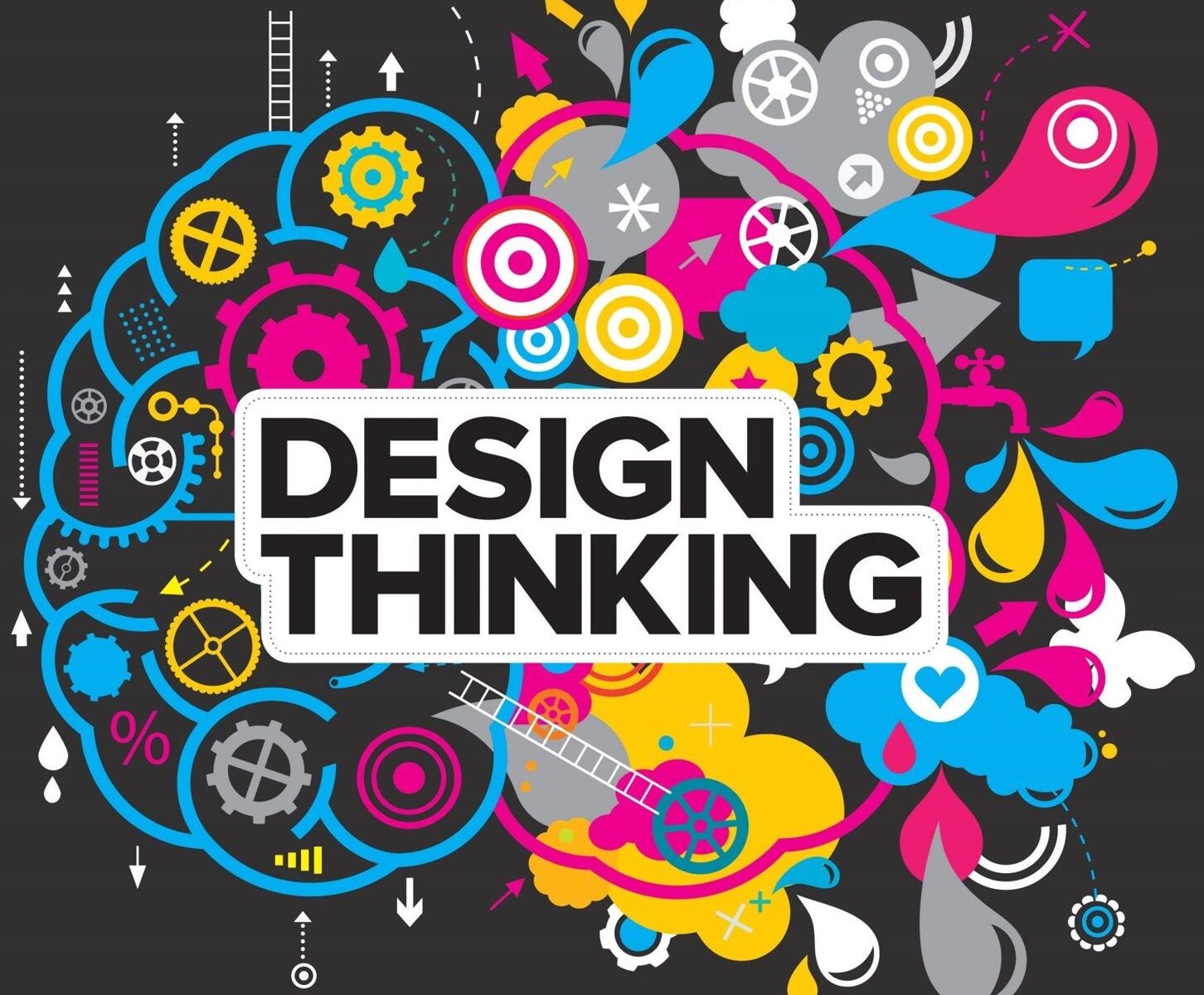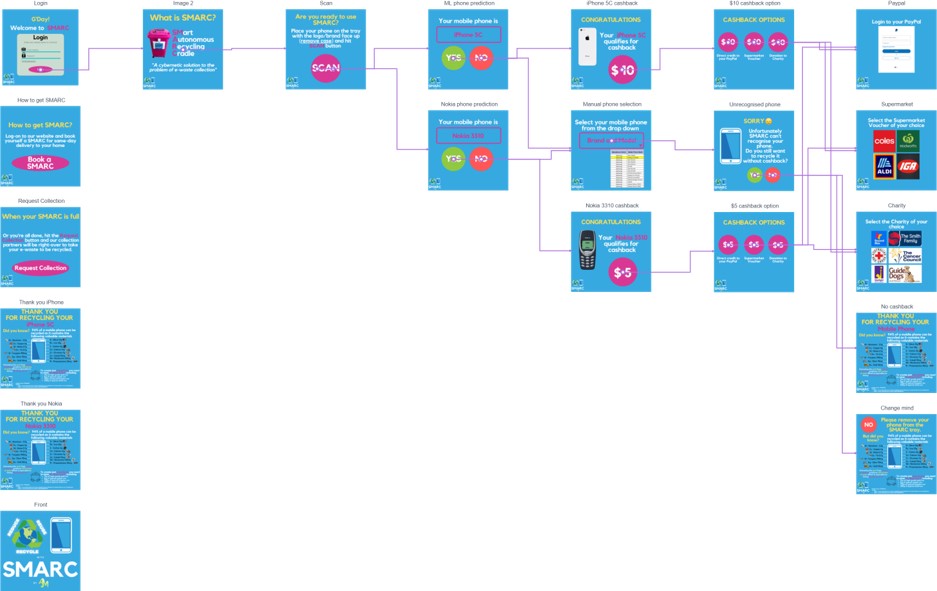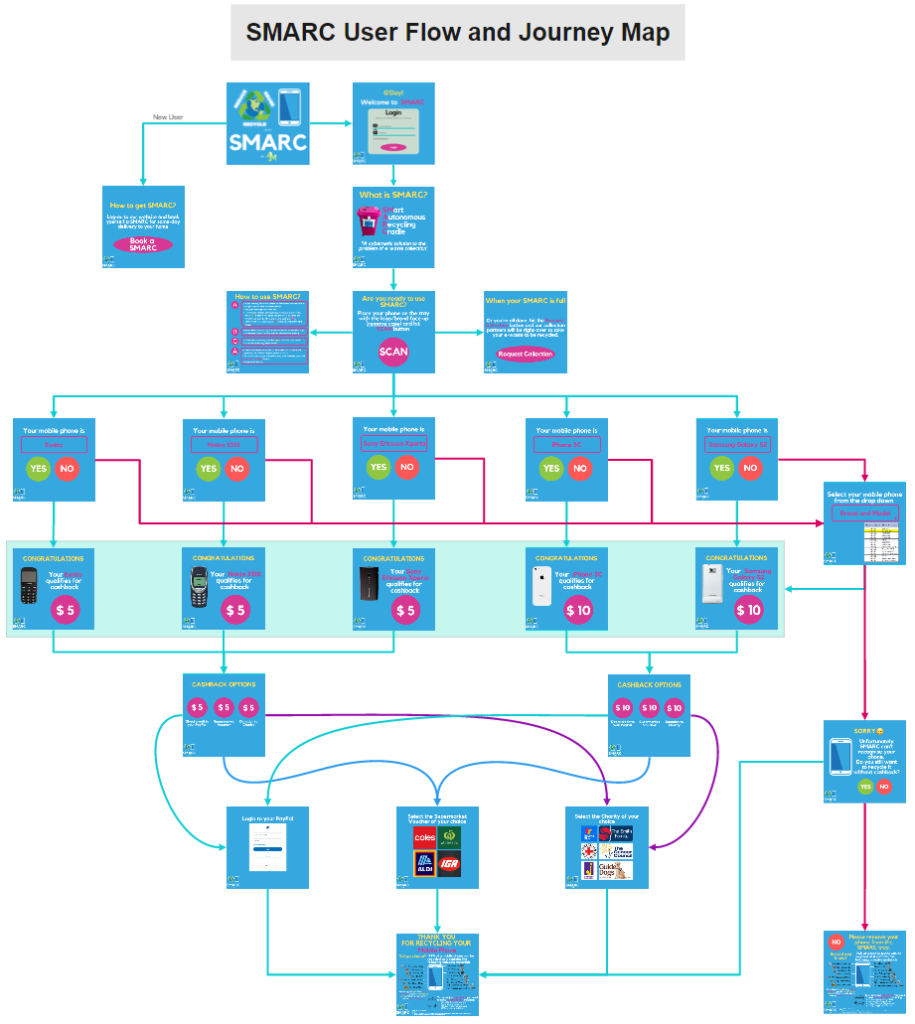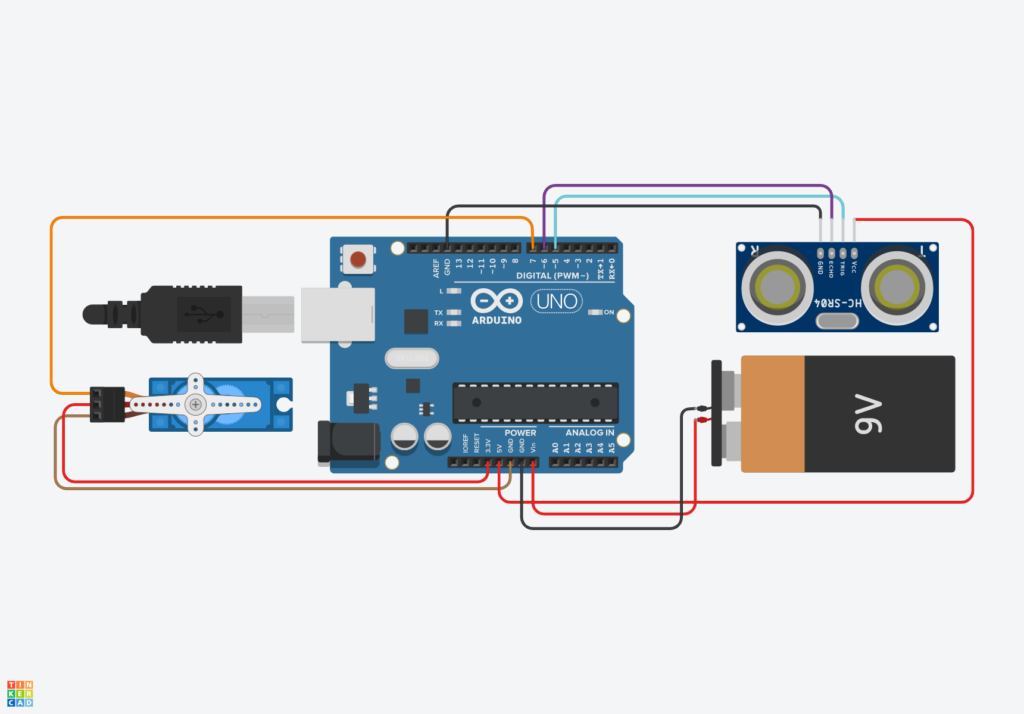Introduction
Design Thinking is a design methodology that provides a solution-based approach to solving problems. It’s extremely useful in tackling complex problems that are ill-defined or unknown, by understanding the human needs involved, by re-framing the problem in human-centric ways, by creating many ideas in brainstorming sessions, and by adopting a hands-on approach in prototyping and testing. Design Thinking is essentially a non-linear problem-solving approach, which combines a user-centred perspective with rational and analytical research challenge assumptions, redefine problems and create innovative solutions to prototype and test.
Motivation & Learning Goals
My main motivation to learned design thinking is to have a different approach in creating the cyber-physical systems in future. I want to be able to identify the hidden needs of user and living in the user’s experience through immersion, sense making and alignment to the user’s perspective.
Professor Liedtka in her 2018 HBR article, believed design thinking is a social technology at work because it addresses the biases and behaviours that hamper innovation. Design thinking emphasizes engagement, dialogue, and learning. By involving customers and other stakeholders in the definition of the problem and the development of solutions, design thinking helps innovators collaborate and agree on what is essential to the outcome.
I try to align my learning goal in design thinking this semester 2 with our CPS project group, to be able to design our prototype (SMARC) from the user lens perspective, gain the deepest understanding of the users and what their ideal solution/product would be, add value to the recycling partner and also benefit to our environment by reducing the e-waste that ended up in landfill and use recyclable materials where possible.
Process

- Gain an empathetic understanding of the problem to solve, typically through user research. Empathy is crucial to design thinking because it allows us to set aside our own assumptions and gain real insight into users and their needs. Our group conducted the ethnographic user research where we met with the various stakeholders (CET, ANZRP, UNSW MicroFactorie) to understand their problems so we can help to solve them.
- Analyze our observations and synthesise them to define the problem statements. We create personas using Miro Board to help keep our efforts human-centred before proceeding to ideation.
- Brainstorm our “outside the box” thinking to look for alternative ways to view the problem and identify innovative solutions to the problem statement we’ve created. We explored this ideation process in Miro board and Google Docs.
- Start to create experimental solution and aim to identify the best possible solution for each problem found. Our team draw the prototype design and produce some inexpensive, scaled-down versions of the product to investigate more ideas. We used Canva, Marvel App, Miro board and TinkerCAD to create our prototype SMARC.
- We test our group prototype iteratively and use the results to redefine one or more elements on the prototype. We often return to previous stages to make further iterations, alterations and refinements to find or rule out alternative solutions.
Here are some of the software/programs that I used to explore, experiment, apply and test my design thinking skill. You can click the picture or the name with the link below to read more details and acknowledgement.
Through those 4 programs, I’ve learned how to follow the design thinking five-stages process and they are not always sequential, and often run in parallel, out of order and repeat them in an iterative fashion. The iterative process also happened across different program where I have to change the prototype in Canva based on the test output in Marvel App, also at the same time I have to re-define the flow in Miro board and update the diagram in TinkerCAD accordingly. All these happened constantly throughout this semester especially in developing our CPS Group prototype – SMARC where we try to use our cybernetics thinking from human perspective through technology, and environment lenses.
Skill Level
| Previous Skill Level | Current Skill Level | Desired Skill Level |
| N/A | Novice | Advance Beginner |
From my skills perspective, I believe my design thinking is still developing and hopefully will expand my ability to create a prototype that can increase the users’ iterative experiences with a work in progress. I understand that this means radical changes (including complete redesigns) can occur along the way. Overall, based on the Dreyfus Model of Skill Acquisition, I would categorise my current Skill Level on Design Thinking as Advance Beginner level now, moving from Novice level, having zero experience before Semester 2. I hope I can have opportunity to shape and apply my design thinking after this Masters program where possible.
References
- Interaction-Design.org, What is Design Thinking?, Accessed November 2021. Available from: https://www.interaction-design.org/literature/topics/design-thinking
- Liedtka, J., 2018, Why Design Thinking Works, Harvard Business Review Magazine (September–October 2018), Accessed November 2021. Available from: https://hbr.org/2018/09/why-design-thinking-works
- Zeigler, C., Design Thinking is the New Black, Content+, Accessed November 2021. Available from: https://contentplus.paceco.com/creativity/design-thinking-marketing-process/







